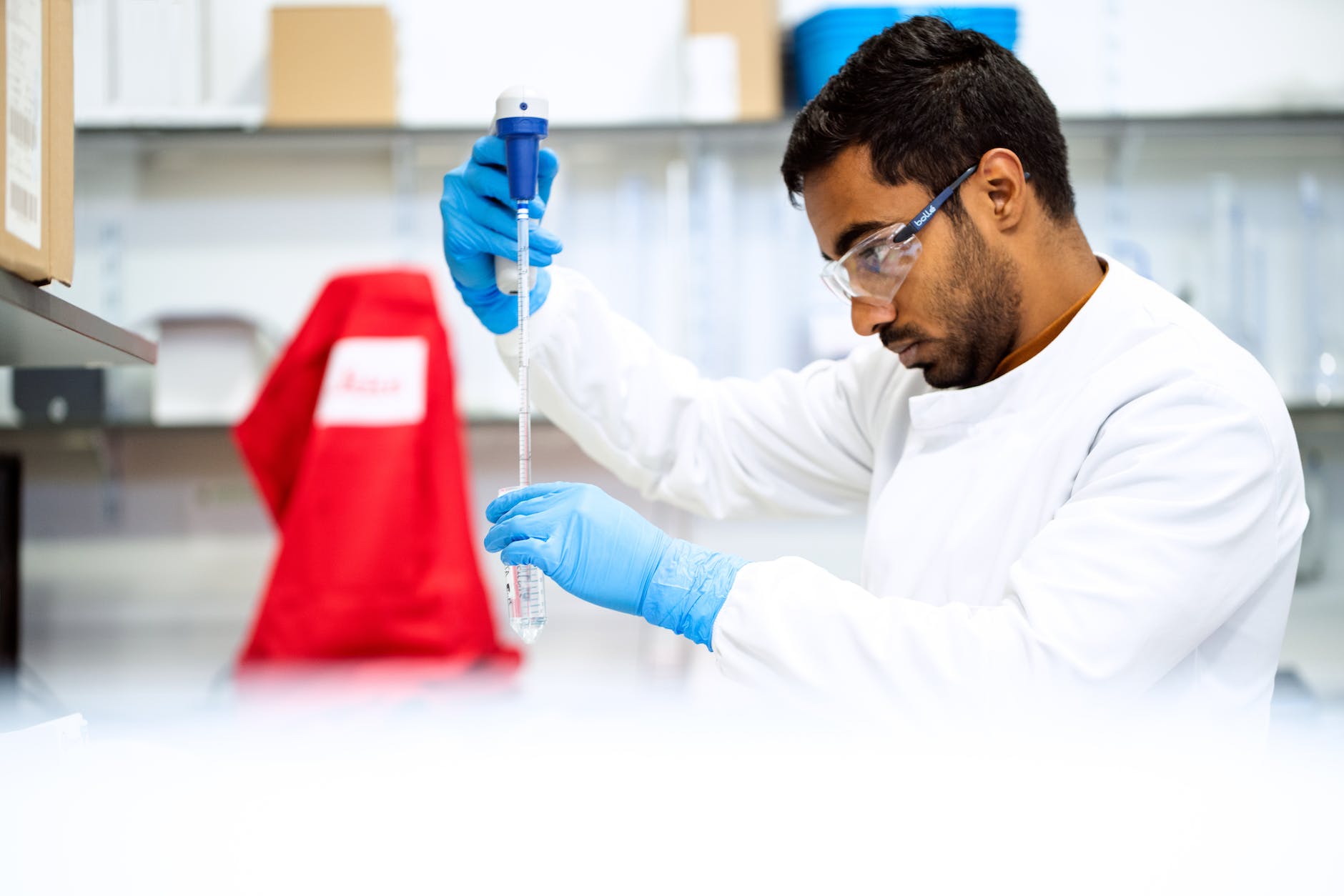Molecular Docking
Understanding Molecular Docking: A Key Tool in Drug Discovery
Molecular docking is a computational technique used in the field of drug discovery. It plays a significant role in identifying potential drug candidates that can effectively bind to target proteins.
What is Molecular Docking?
Molecular binding simulation involves the prediction of the preferred orientation and binding affinity between a small molecule (ligand) and a target protein (receptor). It helps scientists understand how potential drugs interact with their target at a molecular level.
Key Steps in Molecular Docking:
- Preparation of Ligands and Receptors: Ligands and receptors need to be prepared for the docking process. This involves removing unwanted molecules, like water molecules, and optimizing the structures.
- Grid Generation: A three-dimensional grid is generated around the receptor, which acts as a sampling space for the ligand.
- Scoring Functions: Various scoring functions are used to evaluate the fitness of ligand-receptor complexes. These functions estimate the binding affinity between the ligand and receptor, helping researchers determine the best candidate molecules.
- Screening and Validation: The generated ligand-receptor complexes are screened and validated to identify potential drug candidates. These candidates can then be further tested through experimental methods.
Advantages and Applications:
- Accelerated Drug Discovery: Molecular docking expedites the process of drug discovery by reducing the time and cost associated with experimental screening.
- Understanding Binding Modes: Docking helps scientists identify key interactions between the ligand and receptor, revealing vital information about the binding mode and potential modification sites.
- Virtual Screening: Molecular docking facilitates virtual screening of large compound libraries, narrowing down the search for potential drug candidates.
- Optimizing Drug Candidates: By analyzing different interactions and binding energies, docking aids in optimizing lead compounds and predicting their efficacy.

Challenges and Limitations:
- Scoring Accuracy: Selecting accurate scoring functions remains a challenge, as they often struggle to precisely predict binding affinities.
- Simplification of Molecular Systems: Molecular binding simulation assumes rigid and pre-defined structures for the receptor and ligand. This simplification may exclude important molecular dynamics and flexibility, impacting the accuracy of the results.
Despite these challenges, molecular binding simulation continues to evolve and improve, playing a crucial role in the process of drug discovery.
In conclusion, molecular docking is a powerful computational tool that enhances the drug discovery process. It allows researchers to explore numerous ligand-receptor interactions, helping identify potential drug candidates and optimize their chemical structures. As technology advances, molecular docking is expected to contribute even more to the development of life-saving medications.
Note: This blog post provides a general overview of molecular docking. For more in-depth understanding, consult scientific literature and experts in the field.







